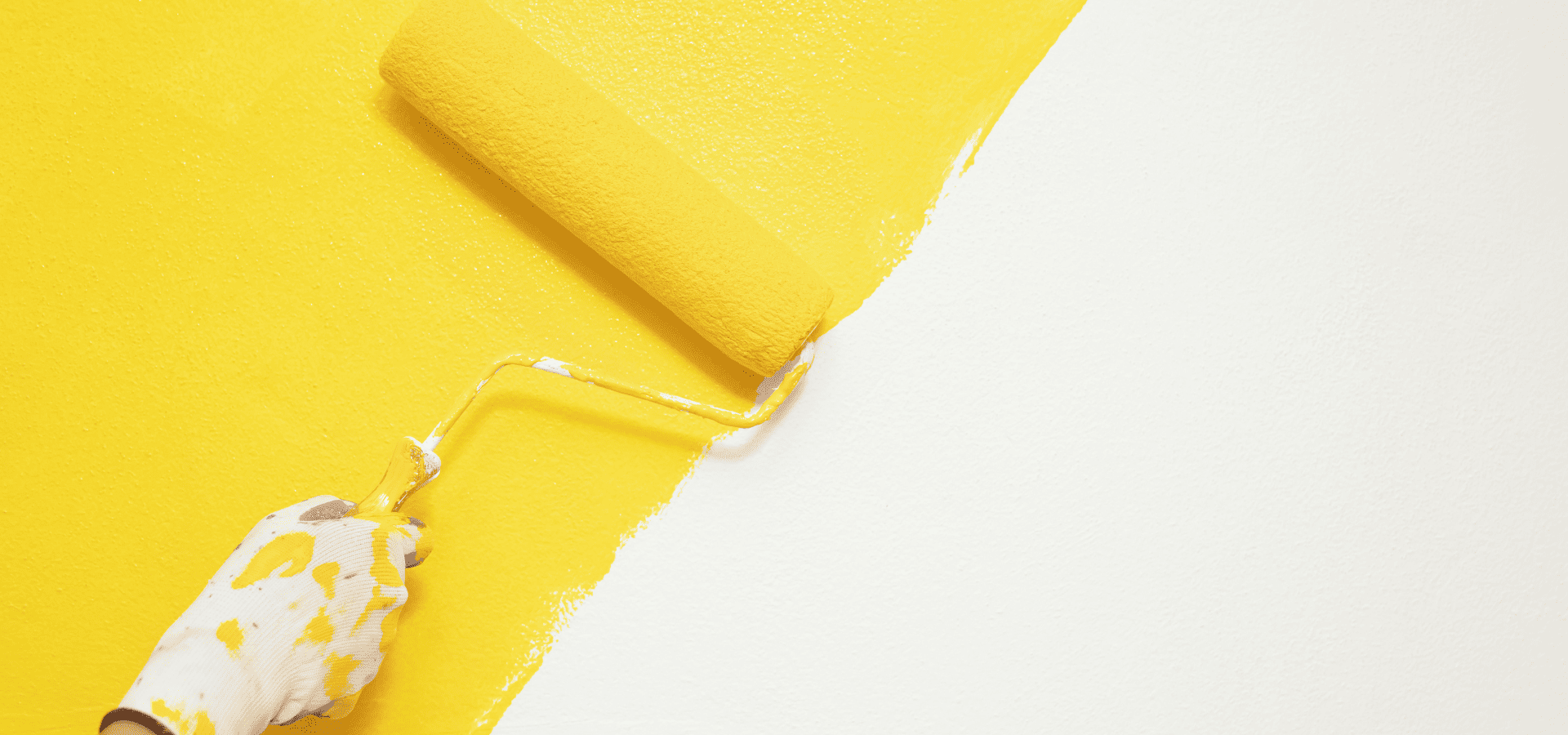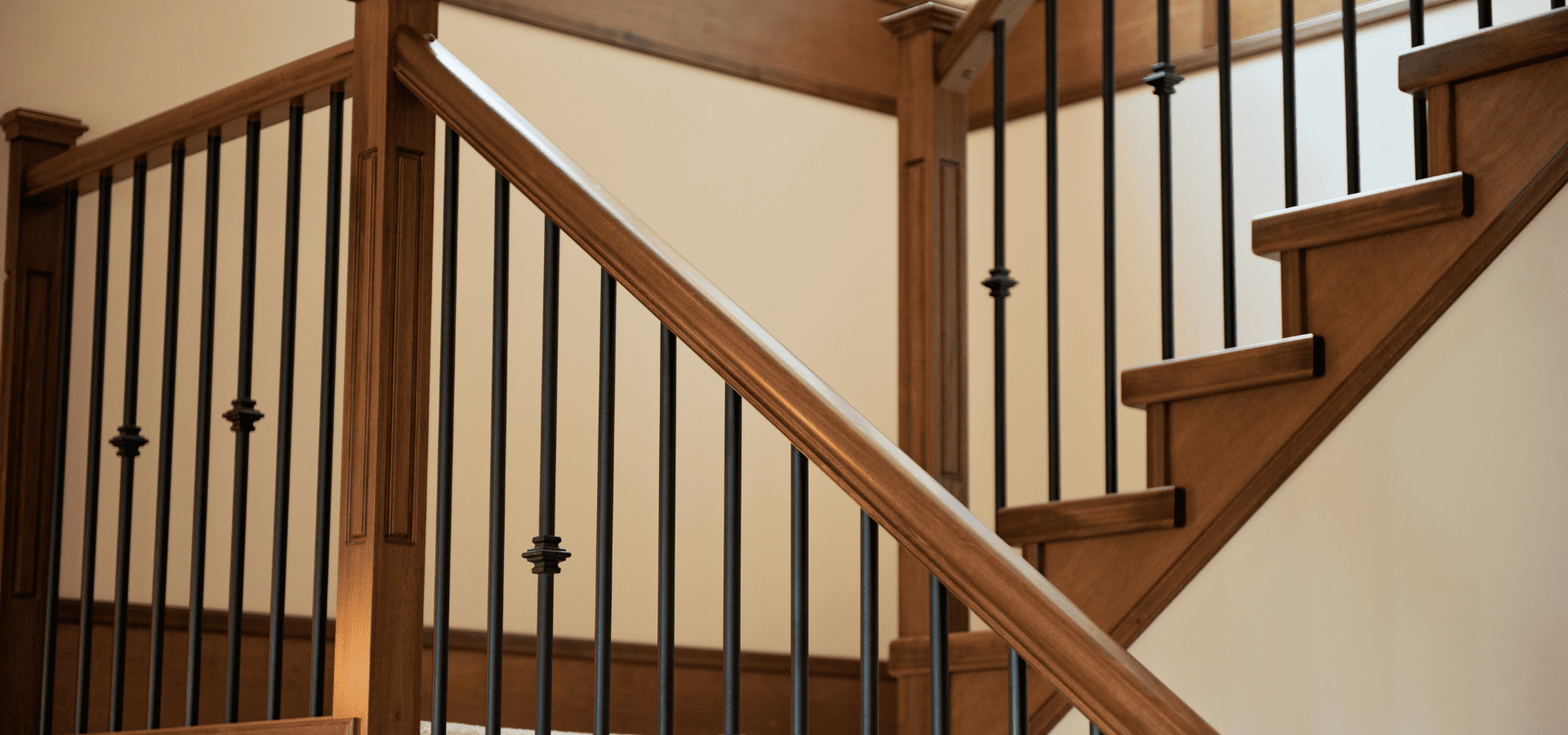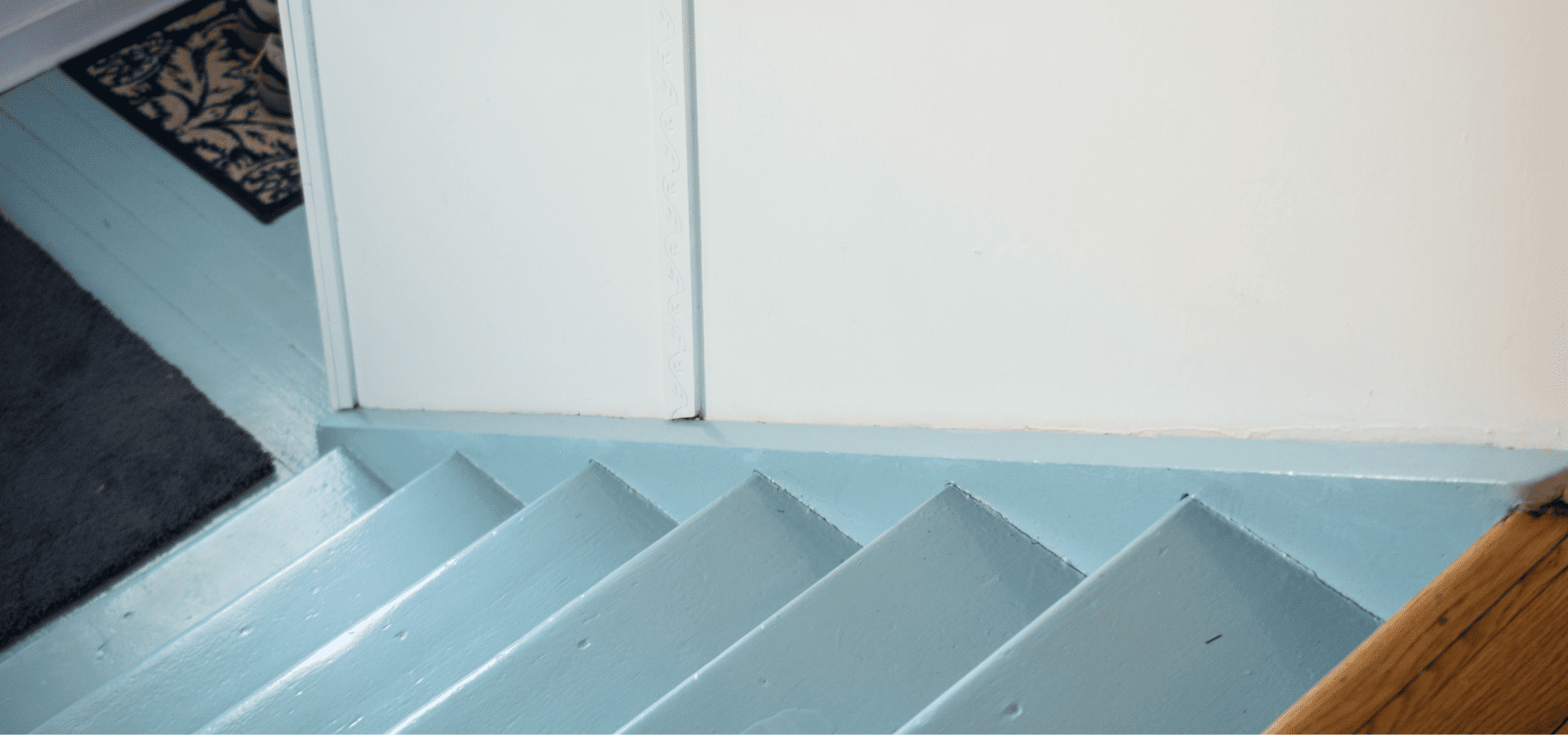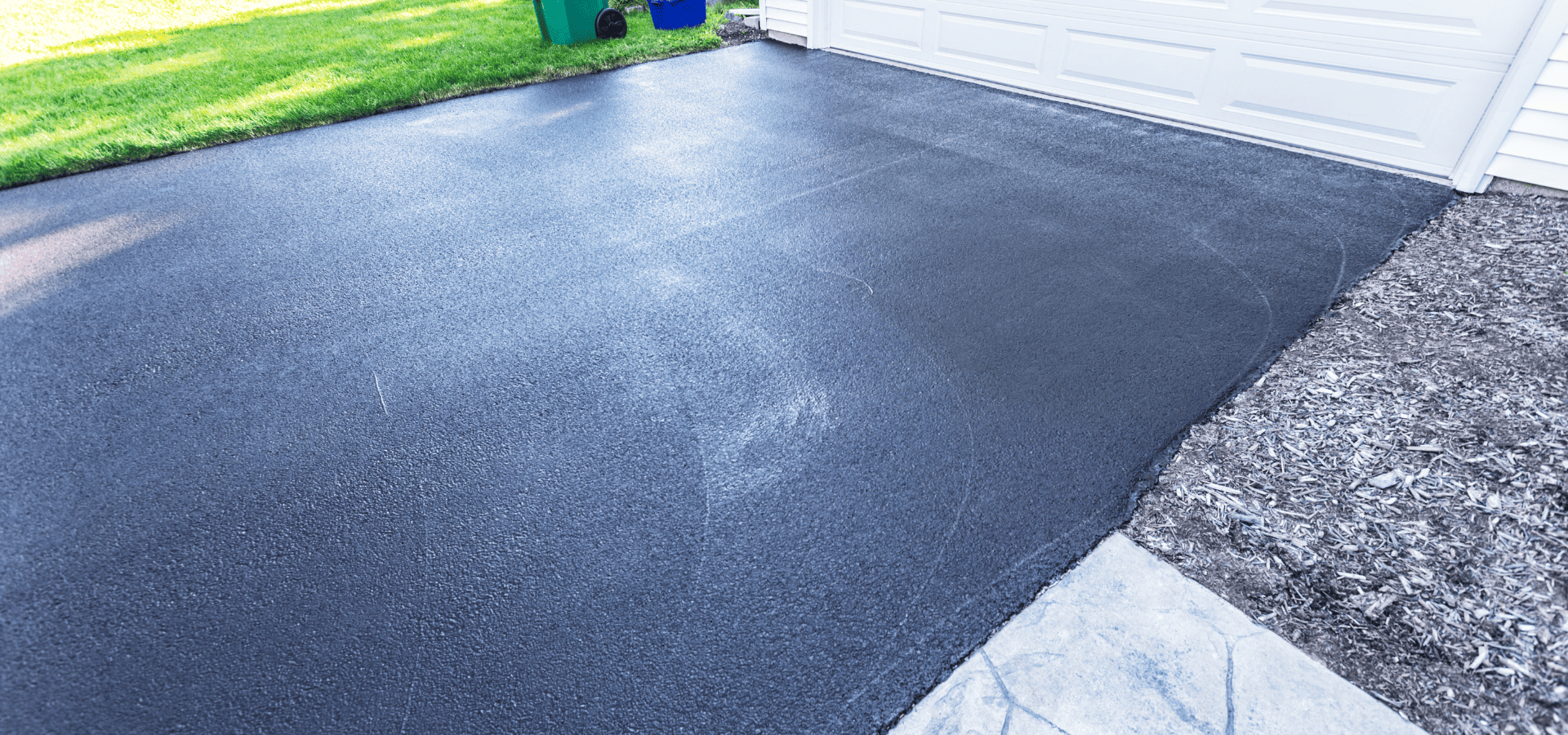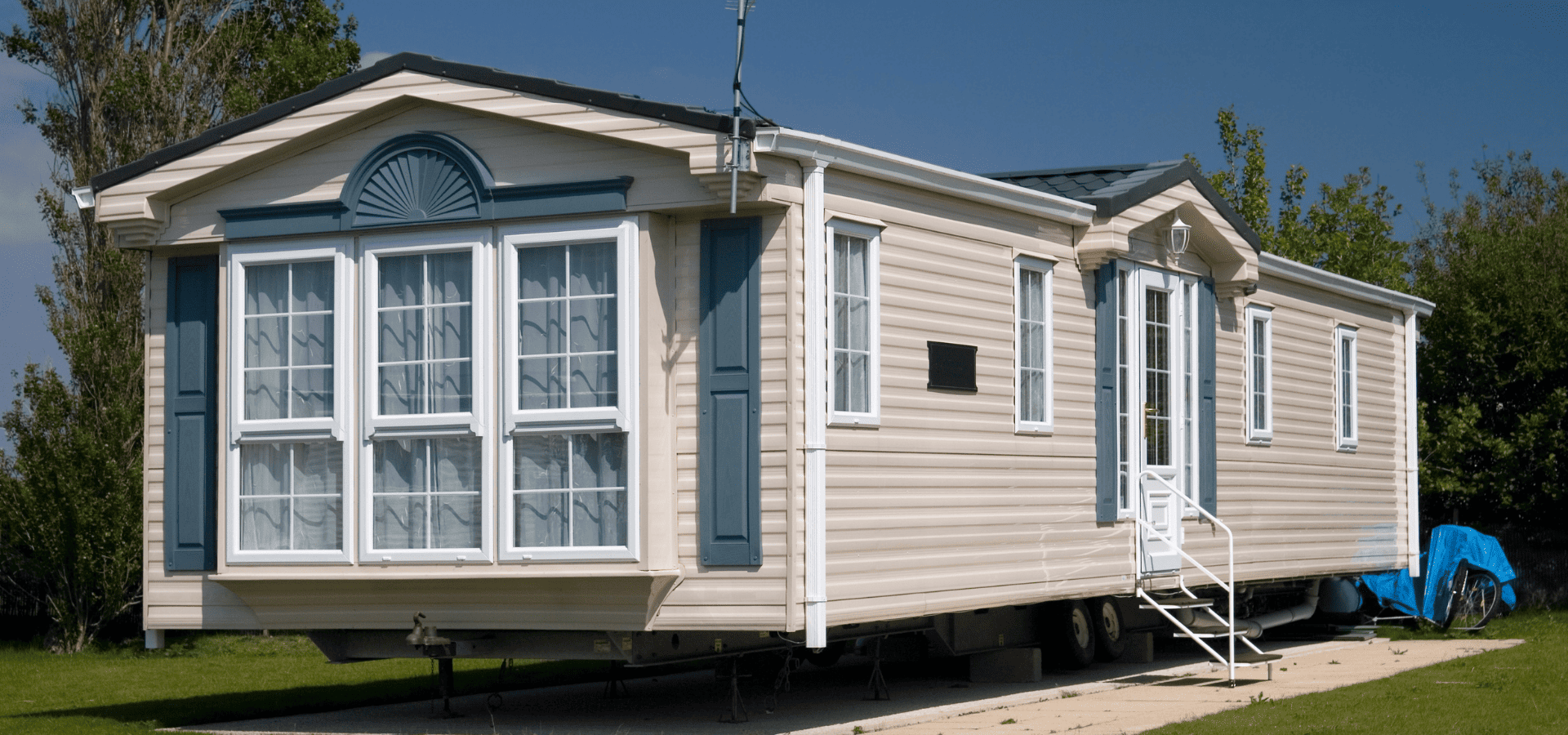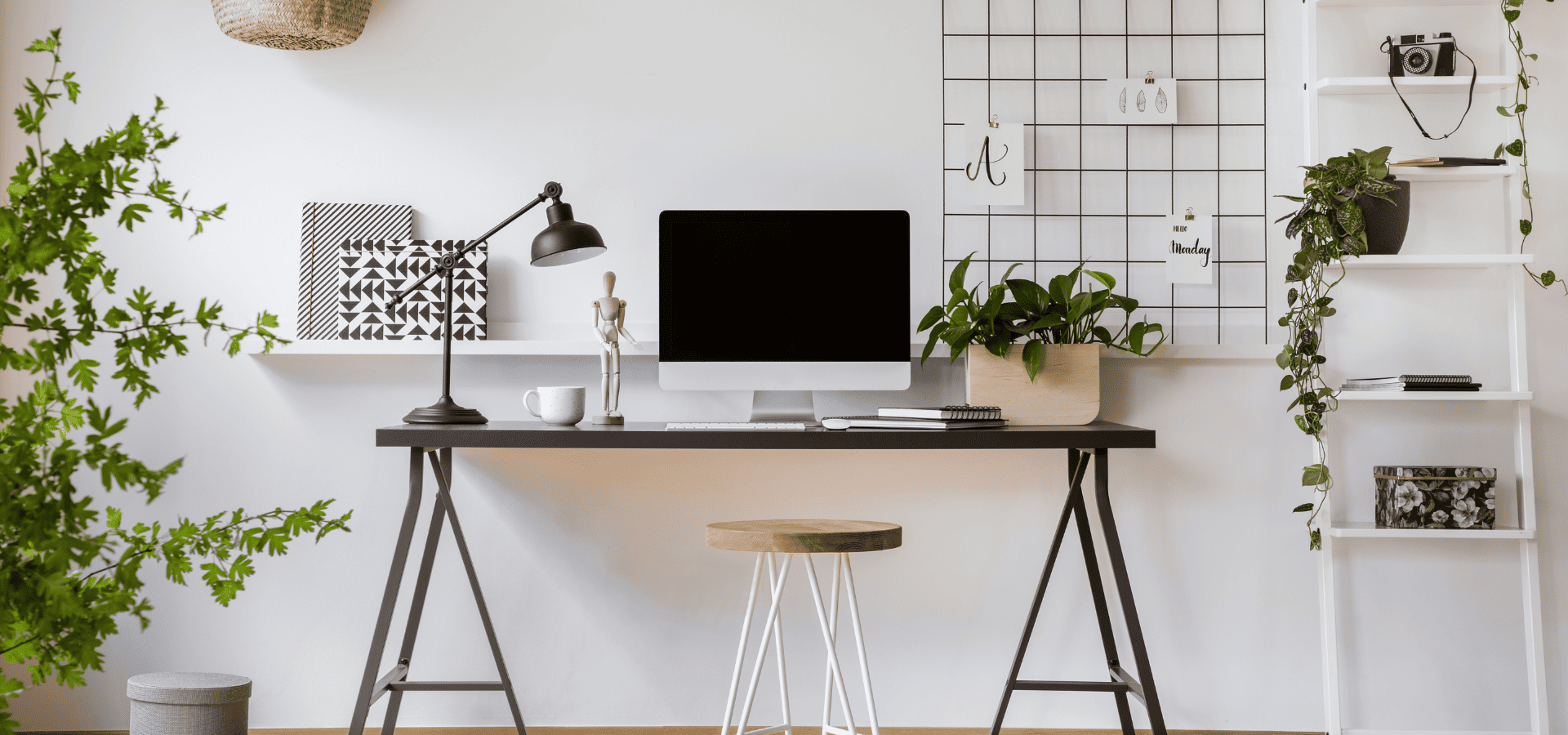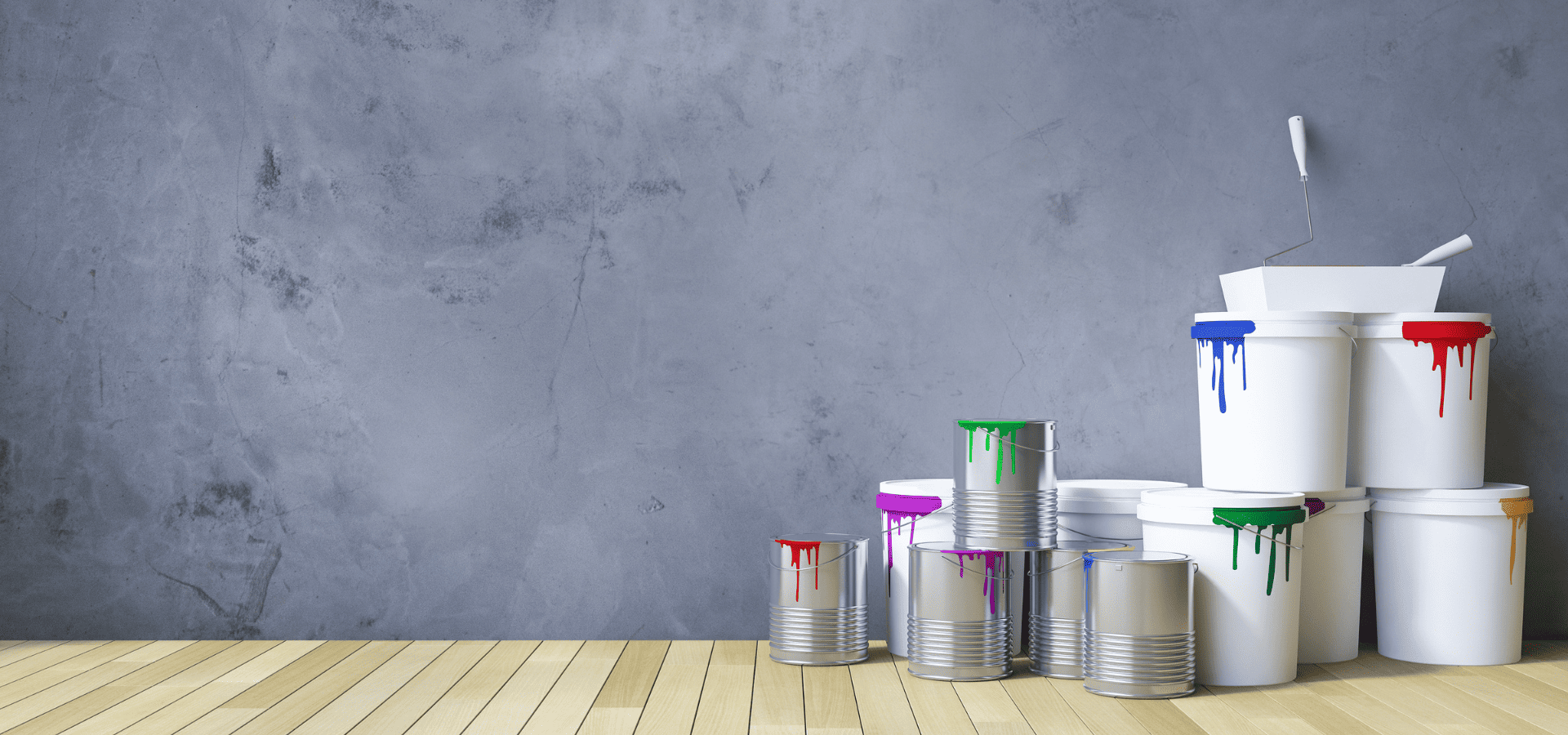How To Paint Different Surfaces

When it comes to painting, the first image that comes to most people's minds is painting their walls with a roller.
But did you know there are actually many different surfaces that each require different painting techniques, tools, and even
paint types?
If you've got a bit more DIY experience, you may already know that trim calls for glossier paint and an angled brush.
For most people, the walls and trim are the main areas that they ever paint, so even experienced DIYers may stop there.
But there are actually a few other surfaces, such as your pipes or fireplace, that, while much less commonly painted, are still good to know.
You might not need to paint them now, but one day you might.
So put on your reading glasses, and let's begin.
1. Walls And Ceilings
First up are your walls and ceilings. These are the most commonly painted surfaces, so you might already know how to paint them.
If that's the case, feel free to skip this section and any others that you already know how to paint.
With that said, let's get back to painting walls and ceilings.
For your walls and ceiling, before you start painting, you need to prepare the surface. This involves repairing damages, cleaning, and applying primer if needed.
Before we go any further, a word on repairing damages. You could try to DIY the repairs, but if it's anything larger than a tiny dent or hole, we highly recommend that you leave it to the professionals.
Repairing wall and ceiling damages is a deceptively tricky task that most homeowners just don't have the expertise and skill to tackle.
Any DIY attempts usually result in an even uglier sight than the original damage.
So trust the pros, and leave it to the pros.
After repairing the damages and cleaning your walls and ceiling, you’ll need to apply primer (2-3 coats) if:
- You're painting relatively new drywall or plaster
- You're painting a light color over a dark color
- You've removed wallpaper
- You've patched the area. Note that you can apply primer over only the patched areas if you didn't have to patch too large an area. But if you've had to patch a large area or many areas, it's best to just prime the entire painting surface.
Once the prep is complete, paint with a roller using the “W” technique.
For a complete in-depth guide on how to choose paint, prepare your walls, and the tools and equipment you’ll need for house painting, check out our
DIY house painting guide.
2. Wooden Surfaces (Trim, Doors, Cabinets)
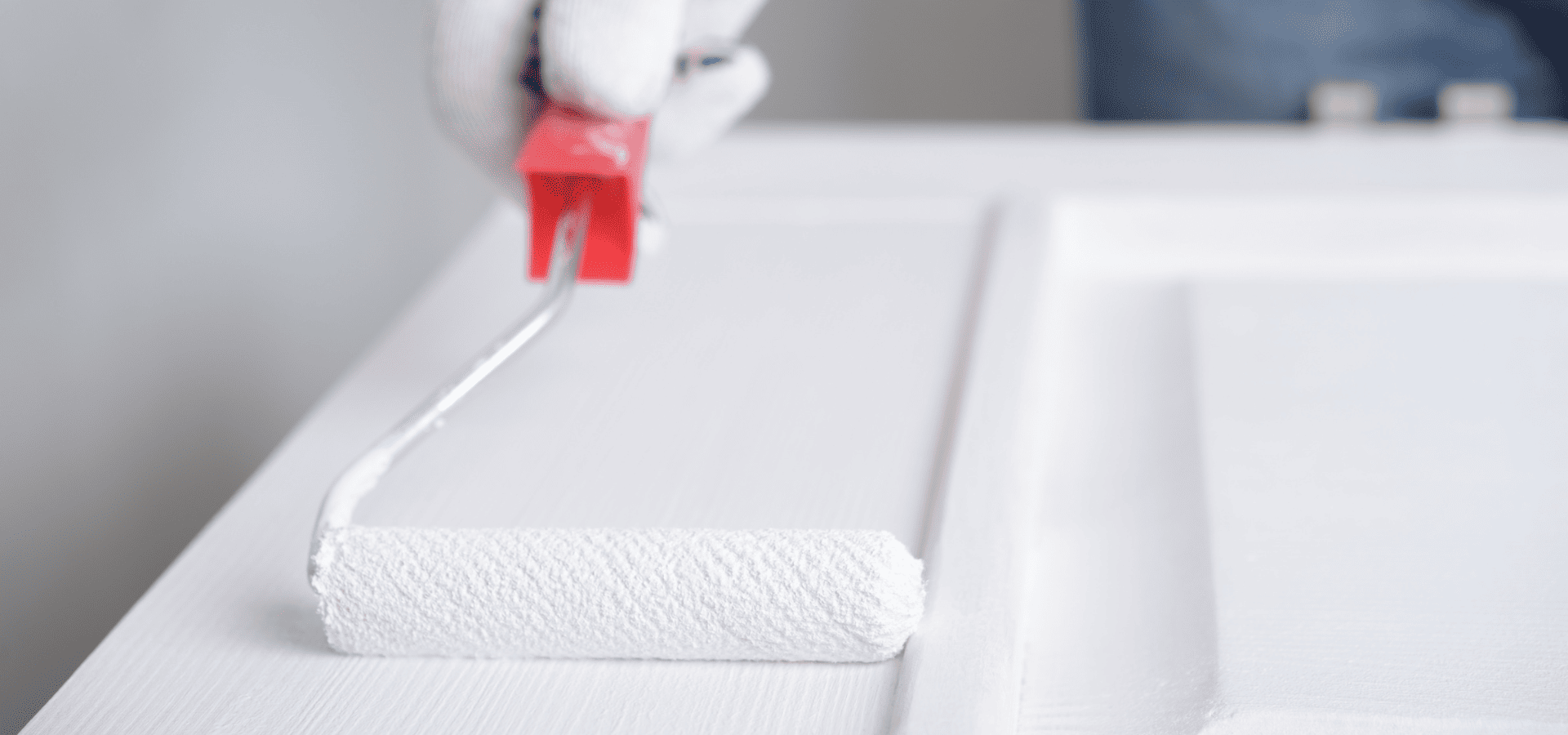
After your walls and ceilings, your trim, doors, and cabinets are the next most frequently painted surfaces.
If you're looking for professional cabinet painting in Raleigh, NC, contact Renewed Walls Painting today at 919-759-6676 today. We'll get your cabinets painted on time and within budget, every time.
For those painting your own cabinets, note that this section is on painting wooden surfaces, which is the most common material for trim, doors, and cabinets, but if your trim, doors, or cabinets aren’t made of wood, please don’t apply the advice from this section. Instead, check out the next few sections to find the right section for your surface.
For painting wood, the process is similar to painting walls and ceilings. Before you start the painting, prepare the surface by filling up holes and dents with wood filler, then clean the surface.
An additional step that you have to take when painting wooden surfaces is to sand them before applying the primer. This is to remove gloss and imperfections so that your new layer of paint adheres better.
Then, once you’ve prepped the surface, you can begin the painting.
For your trim, doors, and cabinets, they’re high-touch surfaces, so the paint you use needs to be tougher than the regular paint you use for your walls and ceilings.
Make sure to use glossier paint, and paint with an angled brush so that you can reach awkward angles easily.
When painting, paint one way and follow the grain, and aim for longer strokes. If you’re still unsure of the technique, check out our guide on house painting techniques and tips, where we break down various
painting techniques in detail.
3. Metal Surfaces (Pipes, Frames, Radiators)
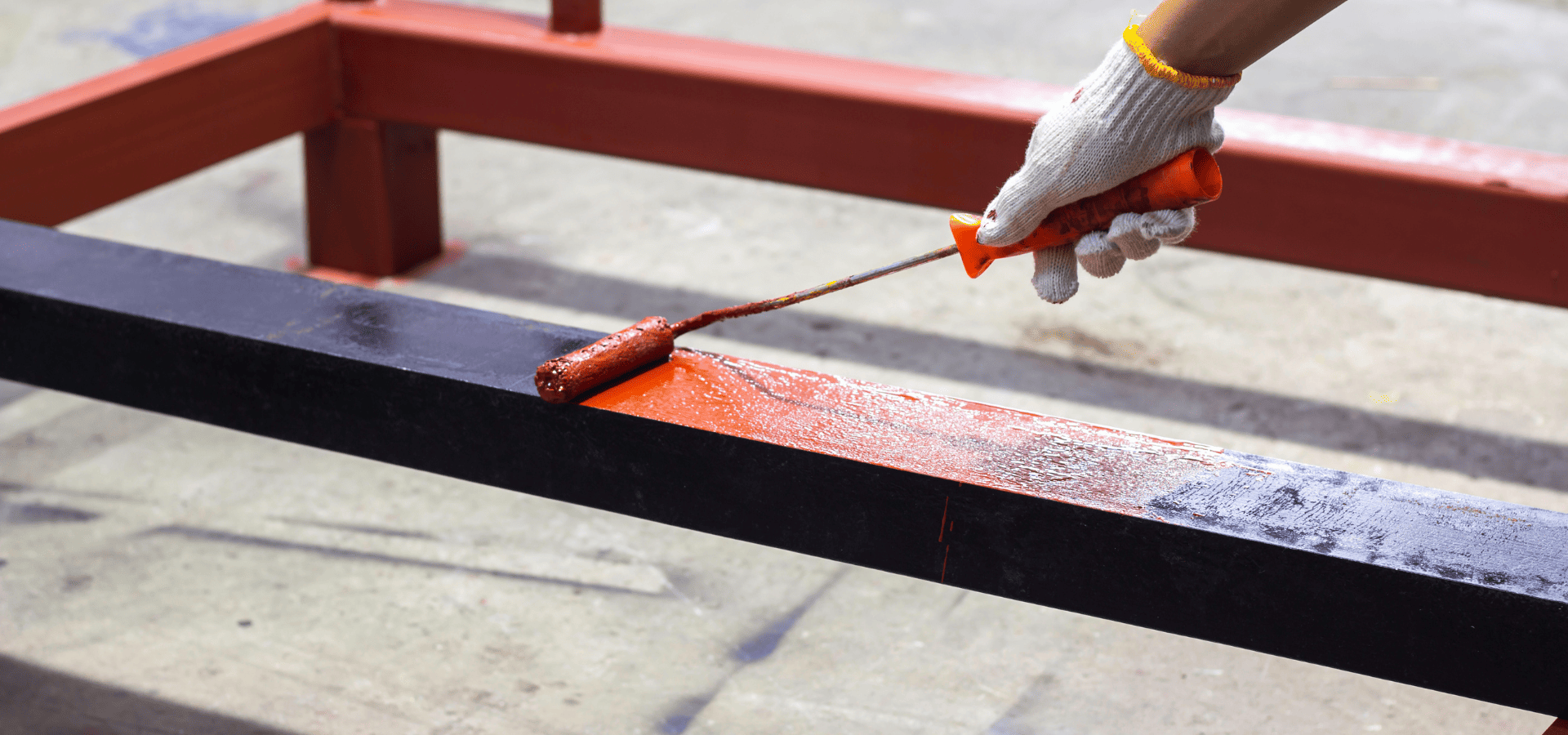
Metal surfaces don't absorb paint like drywall and wood do, so you can't use regular paint, as it won't adhere to smooth metal surfaces properly.
When painting metal surfaces, your paint and primer need to be specially formulated for metal so that they're rust-inhibiting and have stronger adhesion.
You’re also going to be dealing with rust, as well as expansion and contraction since metal is a good conductor of heat.
As such, your surface preparation will also need to be slightly more tedious.
For the surface preparation, start by scrubbing away rust with a wire brush.
Then, sand the surface to create tiny scratches. Metal itself is smooth and hard for paint to adhere to, so by creating a rougher surface with paint scratches, paint is able to “grab” onto these scratches and adhere better.
Note that this is the opposite of trim, where the purpose of sanding is actually to remove imperfections like small bumps.
After sanding, you'll need to clean off any remaining dust or dirt. It's important that you use a dry or slightly damp cloth for this. Don't use water directly, as that can cause rusting.
The final step after cleaning is to apply rust-inhibiting primer formulated specifically for metal. This not only helps paint adhere better, but also helps prevent corrosion.
Moving on to the actual painting, like we mentioned above, you should be using paint made specifically for metal that will help inhibit rust and can adhere to metal surfaces properly.
If you're painting radiators, the paint also needs to be heat-resistant.
Then, for the painting technique itself, paint in thin coats. Since metal is smooth and paint won't adhere easily, thick coats may not be able to adhere properly.
In summary, when painting metal, prepare the surface by sanding, clean with a cloth instead of water, and use rust-inhibiting paint that's specifically formulated for metal.
4. Brick And Concrete Surfaces
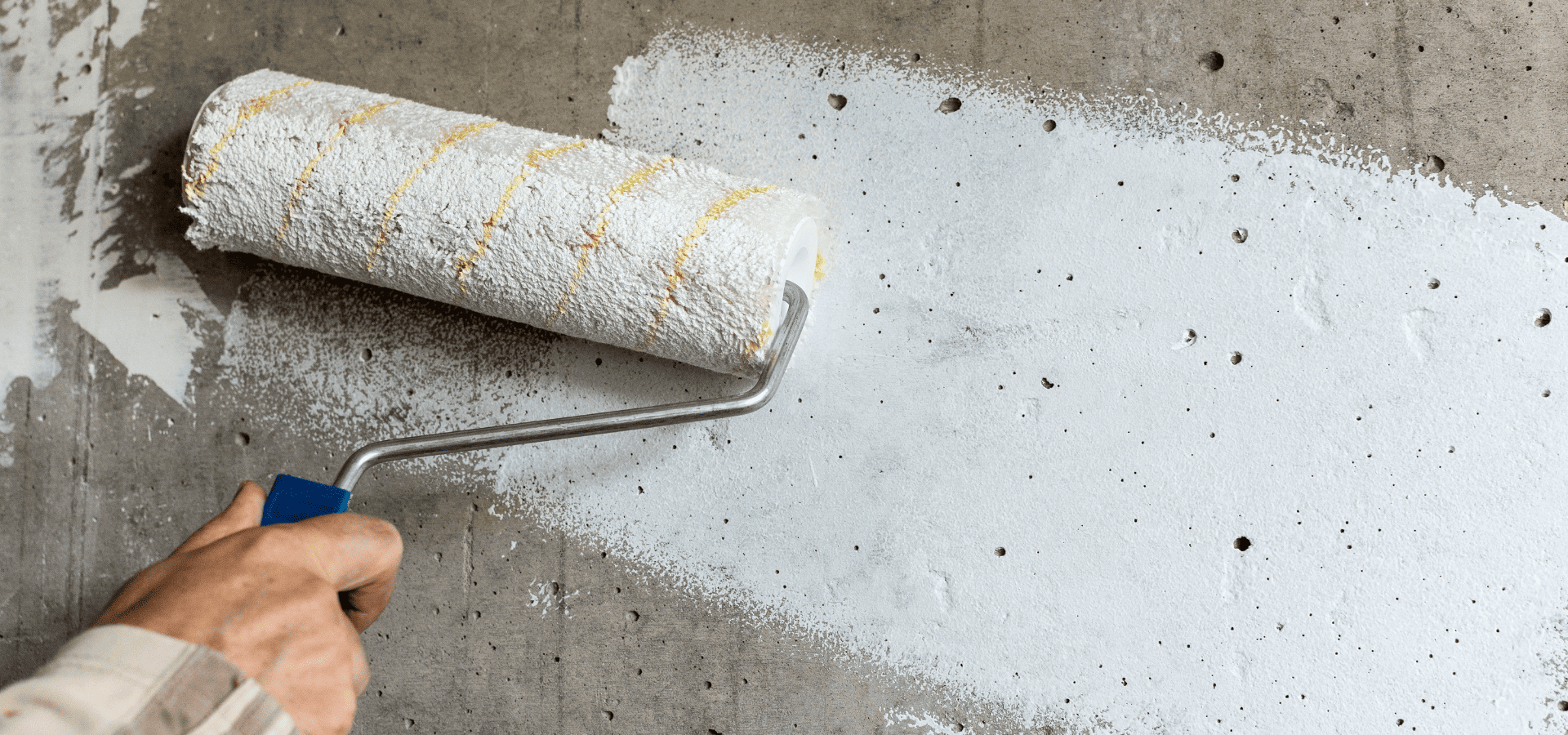
While they may not look it, brick and concrete surfaces are highly porous, so when you paint over them, there's likely moisture inside.
If you use non-breathable paint, you'll end up trapping this moisture, which will over time evaporate and turn into water vapor. Since water vapor is a gas, it takes up more space than liquids, so the water vapor will exert pressure on the paint as it has nowhere else to go.
Eventually, this pressure will lead to blistering and peeling.
To prevent this from happening, you need to use breathable paint specifically designed for masonry.
These types of paints only let water out and not in, so you won't have to worry about water damage underneath the paint.
For the surface preparation, as usual, you'll need to clean the surface, though a little differently.
Brick and concrete are rougher and have tiny holes and crevices, so to get rid of the dirt thoroughly, you need to use a wire brush or vacuum.
If you're cleaning bricks that have soot on them, you'll also need to use a degreaser to remove the soot.
Once you've thoroughly cleaned the surface, apply masonry primer before you start painting.
Then, from here, all that's left to do is to paint with masonry paint.
5. Wallpaper
In general, it's usually best to remove wallpaper before painting, because all wallpaper eventually peels off.
When your wallpaper starts peeling off, your paint comes off with it too, wasting your effort and all the money you spent.
What's more, wallpaper that's been painted over is messier to remove, as you'll also have to deal with chipping paint.
A lot of times, wallpaper usually also has small bumps that become much more noticeable after they're painted over.
As such, most of the time, it's best to just remove the wallpaper before painting.
Having said that, wallpaper removal can be a tedious and costly process, especially for older wallpaper or more stubborn wallpaper.
As such, in very specific cases, it can make sense to paint over wallpaper. Specifically, if it fulfils all these conditions:
- The wallpaper is firmly attached, so it's unlikely to come off anytime soon
- There are no bumps and the wallpaper is smooth
- The seams are tight and flat against the wall
- There isn't any kind of water damage, mold, or staining
Even if it does fulfill all these conditions, it's still better to remove the wallpaper before painting, but if you're trying to keep costs down and don't mind a shorter lifespan for your paint job, here's how to paint over wallpaper.
First off, there shouldn't be any loose seams, but if you're moving ahead with painting your wallpaper even with loose seams, glue them back tightly first.
Next, sand the edges slightly so that they're flatter and less raised.
Then, apply a shellac or oil-based primer. This will keep moisture out and help prevent bubbling or peeling in the future.
Make sure to avoid water-based primers, as the moisture can soften the wallpaper glue, causing it to loosen and peel off.
From here on, you can paint as usual for normal walls.
Ending Tips
Before we end off, one last thing to note is that if your home was built before 1980, make sure to test for lead paint first.
Lead was added to paint up until the late 1970s, so it could be on any of your surfaces. If it is, and you disturb it by scraping, sanding, or cutting, it can release lead dust, which is extremely dangerous.
Lead dust is highly toxic, particularly to children and pregnant women, and can cause brain damage, kidney damage, nervous system issues, etc.
In short, lead dust is extremely dangerous, so don't take the risk. Make sure to test for lead paint if you're staying in an older house.
And if you're still unsure of how to paint any of these surfaces or you're not sure what surface you're even painting, don't hesitate to give us a call.
Whatever surface it is, you can trust
Renewed Walls Painting to give you a flawless finish, on time and within budget, every time.
Recent Posts
